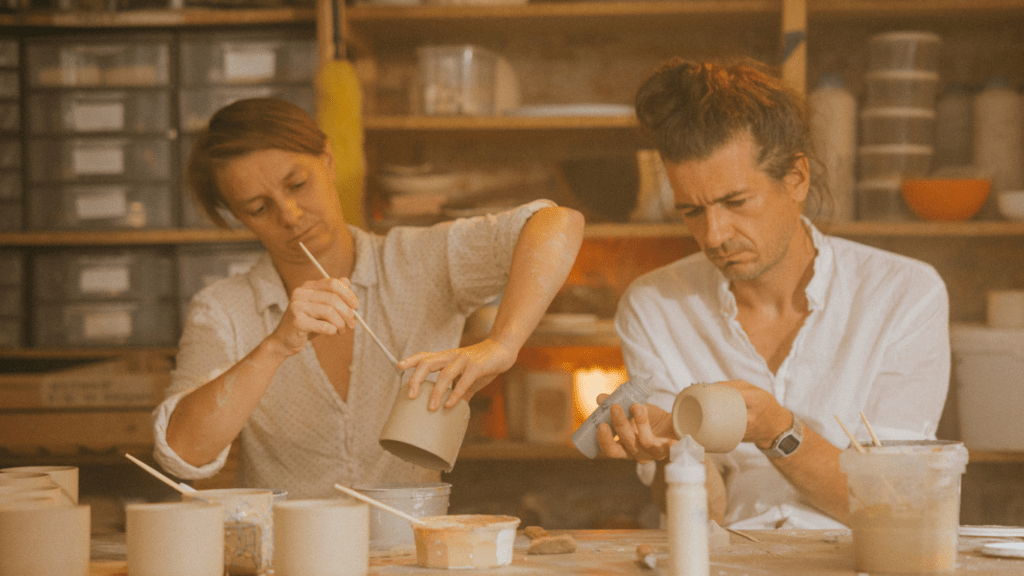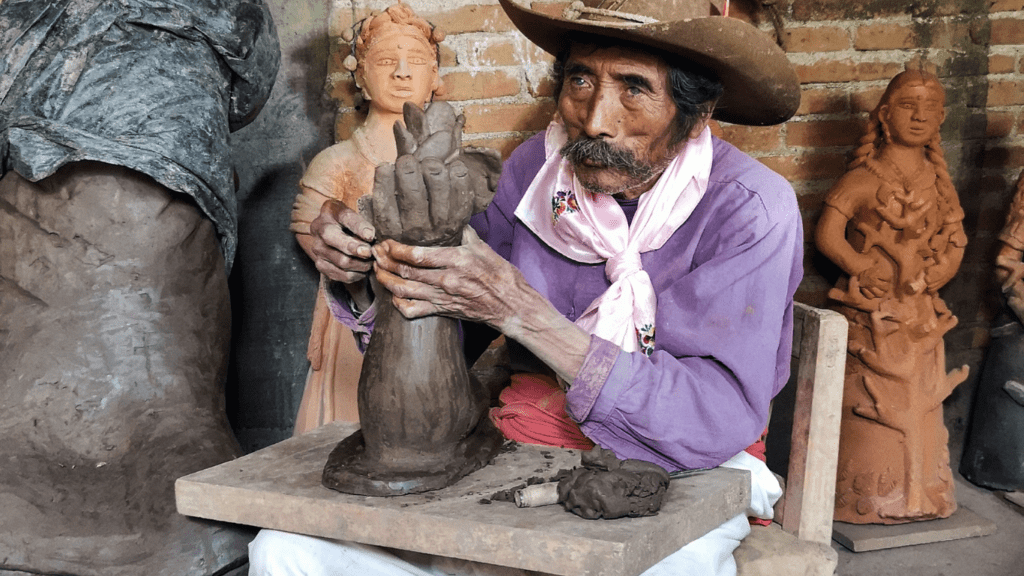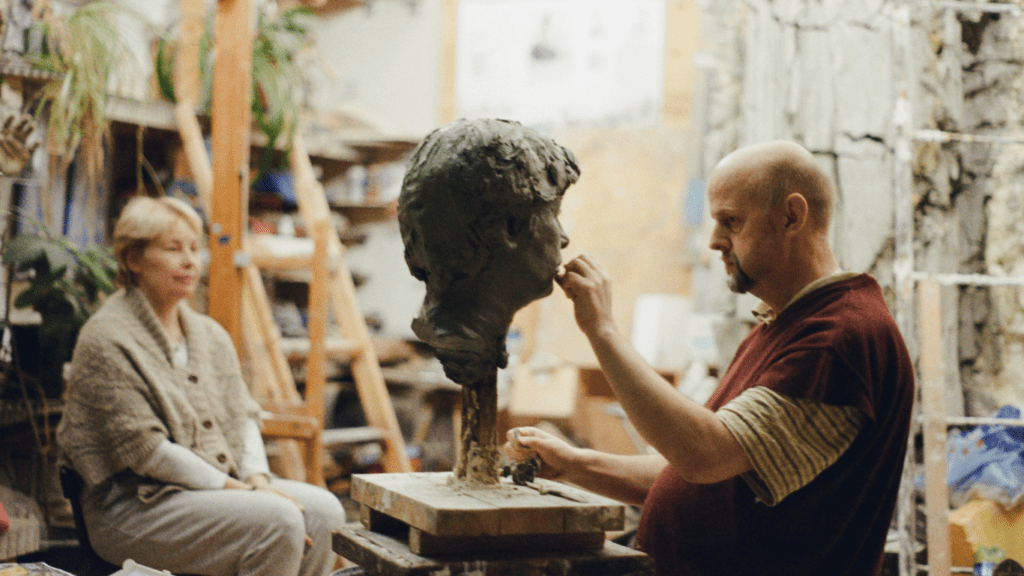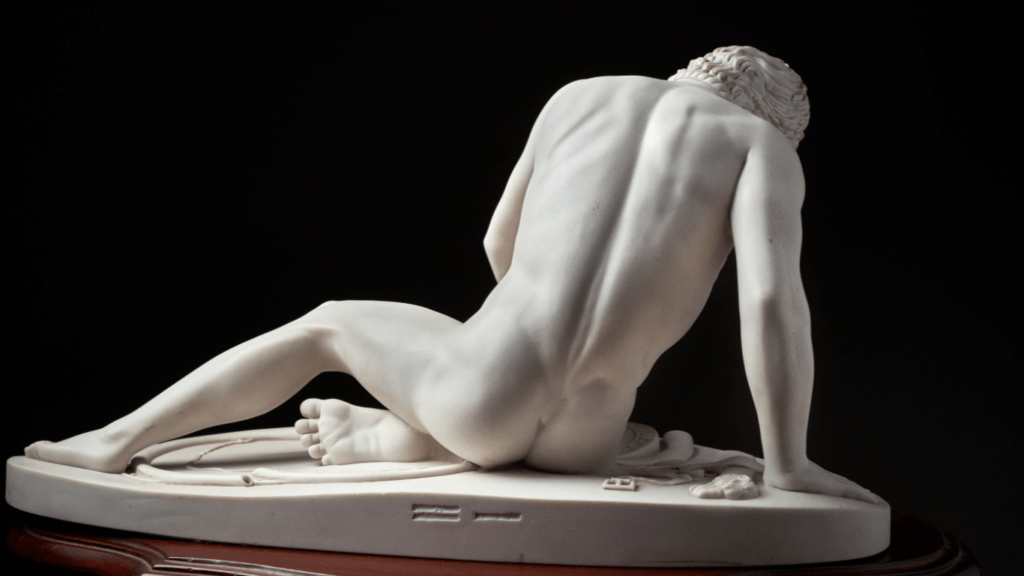Ever wondered how to transform ordinary materials into captivating pieces of functional art? In my journey as a sculptor, I’ve discovered the magic of creating sculptures that not only please the eye but also serve a practical purpose. Crafting functional sculptures is a unique blend of creativity and utility, where form meets function in the most exquisite way.
In this article, I’ll share insights on how to infuse everyday objects with artistic flair, turning them into sculptures that not only adorn spaces but also fulfill a useful role. From choosing the right materials to mastering sculpting techniques, I’ll guide you through the process of bringing your vision to life. Get ready to unleash your creativity and learn the art of making functional sculptures that are both visually stunning and purposeful.
Exploring Functional Sculptures
Functional sculptures are art pieces that not only offer aesthetic value but also serve a practical purpose in various settings. As a sculptor, I find immense joy in creating pieces that blend artistry with usability, transforming everyday items into unique and functional artworks.
Definition and Examples
Creating functional sculptures involves melding form and function to produce pieces that are both visually appealing and useful. For example, a sculptural lamp that not only illuminates a room but also acts as a piece of art decor exemplifies the concept of functional sculptures. Another example is a coffee table with a sculpted base that adds an artistic touch to a living space while providing a practical surface for daily use.
Importance in Modern Art
Functional sculptures play a vital role in modern art by bridging the gap between aesthetics and utility. These pieces allow artists to express their creativity while also catering to practical needs, blurring the lines between traditional art forms and functional objects. In today’s art scene, the integration of functionality into sculptural works adds depth and purpose, appealing to individuals seeking art that serves a dual function in their lives.
Materials Needed for Functional Sculptures
When creating functional sculptures, choosing the right materials is crucial to ensure both aesthetics and practicality. I’ll share insights on selecting materials and the importance of sustainability in enhancing the longevity of your sculptural artworks.
- Choosing the Right Materials
I prioritize selecting materials that not only enhance the visual appeal of my sculptures but also contribute to their functionality. For sculptural lamps, durable metals like steel or brass offer both structural support and a modern aesthetic. For artistic coffee tables, opting for sustainable wood varieties adds warmth and eco-friendliness to the design. - Importance of Sustainability in Materials
Embracing sustainable materials in sculptural creations is paramount for reducing environmental impact and promoting longevity. Using recycled or upcycled materials not only adds a unique character to the sculpture but also aligns with eco-conscious principles. By prioritizing sustainability, I ensure that my functional sculptures not only beautify spaces but also contribute to a greener future.
Step-by-Step Creation Process
Creating functional sculptures involves a well-thought-out process that combines artistic vision with practical functionality. Let’s delve into the key steps for bringing these unique artworks to life.
Designing Functional Elements
When designing functional elements for sculptures, it’s essential to consider both the aesthetic appeal and the usability of the final piece. I start by sketching out my ideas, ensuring they not only look visually appealing but also serve a practical purpose. The integration of lights, storage compartments, or interactive features can elevate the sculpture’s functionality while maintaining its artistic essence. By carefully planning the functional elements during the design phase, I can ensure a seamless blend of form and function in the finished sculpture.
Sculpting Techniques
Incorporating various sculpting techniques is crucial in shaping the overall look and feel of the sculpture. I often experiment with different materials such as clay, metal, wood, or recycled objects to bring my vision to life. Whether it’s carving intricate details, welding metal components, or molding shapes, each technique adds a unique dimension to the sculpture. By mastering a diverse range of sculpting techniques, I can push the boundaries of creativity and create truly innovative functional sculptures that captivate viewers with their aesthetic beauty and practical utility.
Decorating and Finishing Touches

In this section, I’ll delve into the final steps of creating functional sculptures, focusing on painting, polishing, and adding functional components to enhance both the aesthetic appeal and usability of the artwork.
Painting and Polishing
When it comes to adding the finishing touches to your functional sculpture, painting and polishing play a crucial role in enhancing its visual appeal and protecting the materials used. I prefer using high-quality paints and finishes that complement the overall design while providing durability and longevity to the sculpture. By carefully selecting the right colors and finishes, I can create a seamless and polished look that elevates the artistic value of the piece.
Applying Functional Components
Integrating functional components into your sculpture is key to ensuring that it serves its intended purpose while still being a visually striking artwork. Whether it’s incorporating lighting elements into a sculptural lamp or adding storage compartments to an artistic coffee table, I focus on blending functionality with design seamlessly. By thoughtfully designing and implementing these functional components, I can create sculptures that not only stand out aesthetically but also serve a practical purpose in everyday life.
Displaying Functional Sculptures
When it comes to displaying functional sculptures, there are several key considerations to keep in mind to ensure they complement both public and private spaces seamlessly. Incorporating these artworks into different settings requires attention to detail and creativity to enhance the overall aesthetic appeal.
Considerations for Public and Private Spaces
In public spaces, such as galleries or office buildings, functional sculptures should not only serve a practical purpose but also make a statement. Opt for pieces that reflect the theme or ambiance of the space while adding a touch of uniqueness. Consider the lighting conditions and traffic flow to position the sculptures strategically for maximum impact.
In private spaces like homes or studios, functional sculptures can act as focal points that blend artistry with everyday functionality. Choose pieces that resonate with your personal style and preferences to create a harmonious living environment. Balance the size and placement of the sculptures to ensure they harmonize with the existing decor and furniture.
Maintenance Tips
Maintaining functional sculptures is essential to preserve their beauty and functionality over time. Regular cleaning with a soft cloth or gentle cleanser can help remove dust and dirt without damaging the sculpture’s finish. For metal sculptures, periodic polishing can restore their shine and luster.
For sculptures incorporating lighting elements, check the electrical components periodically to ensure they function properly. Replace any bulbs or faulty wiring to prevent disruptions in the functionality of the artwork. Additionally, keep an eye on any moving parts or functional components to address any issues promptly and ensure the sculpture remains in optimal condition.
By following these maintenance tips and considering the placement of functional sculptures in different settings, you can elevate the aesthetic appeal of your space while enjoying the practical benefits of these unique artworks.

 Christyn Stearnsio, the visionary founder of Sculpture Creation Tips, is a passionate artist with a deep love for the art of sculpting. With years of experience in the field, Christyn has dedicated her career to sharing her knowledge and expertise with others, creating a platform that serves as a comprehensive guide for sculptors at all levels. Sculpture Creation Tips is a testament to her commitment to nurturing creativity and helping artists master the delicate craft of sculpting. Through detailed tutorials, insightful articles, and a supportive community, Christyn empowers aspiring sculptors to explore their artistic potential, refine their skills, and bring their unique visions to life. Her dedication to the art form is evident in every piece of advice and inspiration she shares, making Sculpture Creation Tips a trusted resource for sculptors around the world.
Christyn Stearnsio, the visionary founder of Sculpture Creation Tips, is a passionate artist with a deep love for the art of sculpting. With years of experience in the field, Christyn has dedicated her career to sharing her knowledge and expertise with others, creating a platform that serves as a comprehensive guide for sculptors at all levels. Sculpture Creation Tips is a testament to her commitment to nurturing creativity and helping artists master the delicate craft of sculpting. Through detailed tutorials, insightful articles, and a supportive community, Christyn empowers aspiring sculptors to explore their artistic potential, refine their skills, and bring their unique visions to life. Her dedication to the art form is evident in every piece of advice and inspiration she shares, making Sculpture Creation Tips a trusted resource for sculptors around the world.
